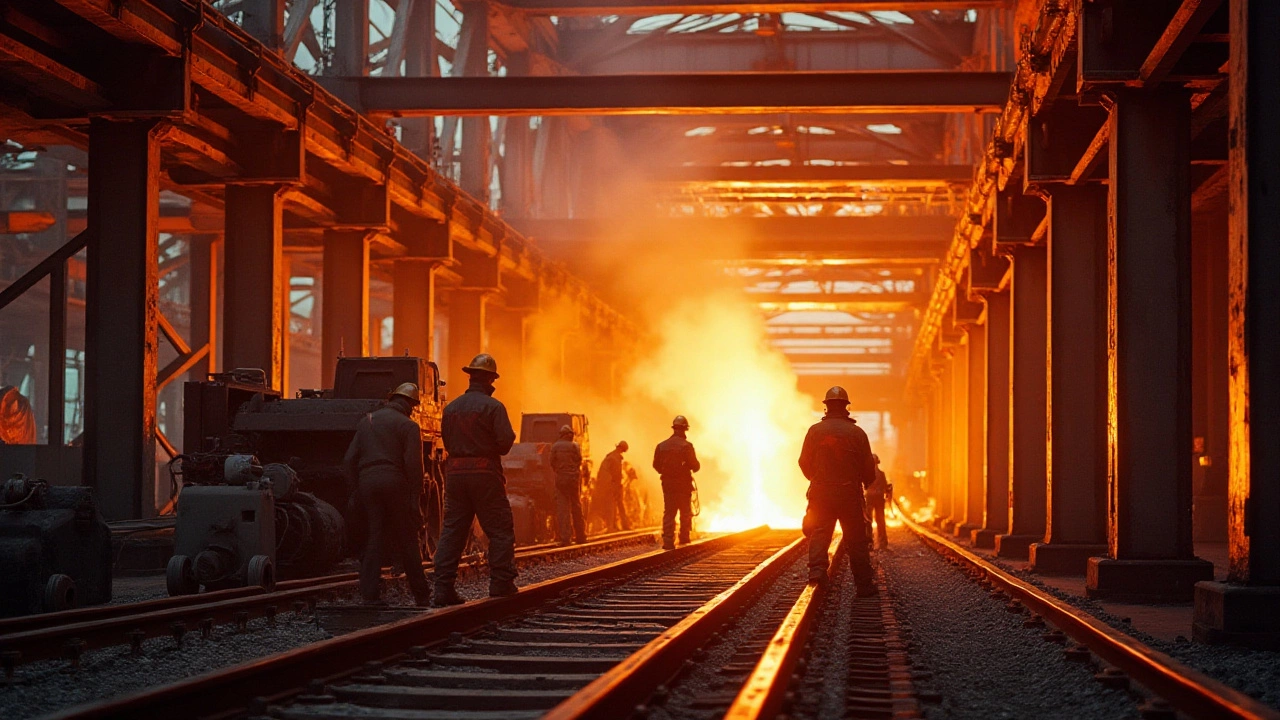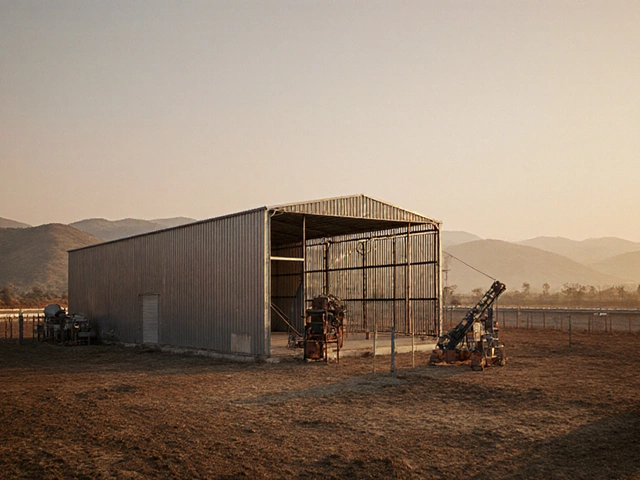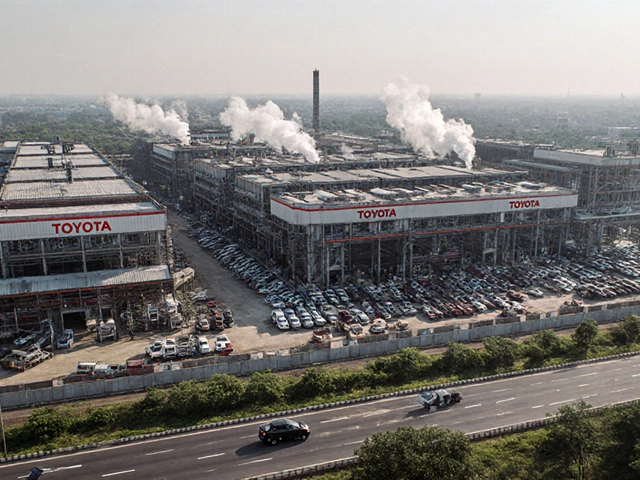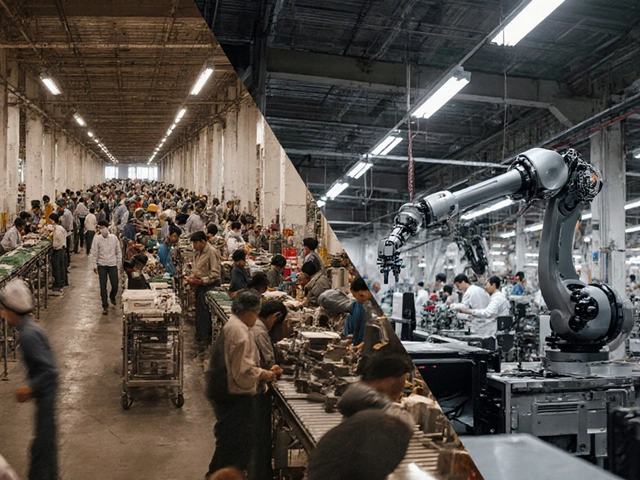US Steel Companies: Who They Are and Why They Matter
If you’re curious about the steel scene in America, you’ve landed in the right spot. The US has a mix of legacy giants and newer, tech‑driven firms that shape everything from cars to construction. Knowing the key players helps you spot partnership chances, understand price swings, and keep an eye on where the industry is heading.
Who Are the Biggest US Steel Producers?
Here are the names you’ll hear most often when the topic comes up:
• Nippon Steel & Kashima (formerly US Steel) – The classic heavyweight with a network of mills across the Midwest.
• Steel Dynamics, Inc. (SDI) – A fast‑growing company that focuses on specialty steel and recycling.
• ArcelorMittal USA – Part of the global ArcelorMittal family, it supplies flat‑rolled products for automotive and appliances.
• Commercial Metals Company (CMC) – Known for its rebar and structural steel, CMC also runs a large scrap‑recycling operation.
• TimkenSteel – Focuses on high‑strength alloy steel used in aerospace, energy, and defense.
These firms together account for more than 60% of the country’s steel output. If you’re looking for a supplier or a market benchmark, they’re the first names to check.
What’s Shaping the US Steel Landscape Today?
The industry isn’t static. Several forces are changing how US steel companies operate:
1. Trade policies. Tariffs on imported steel have bounced back and forth over the past decade. When duties rise, domestic producers gain price advantage, but it also means higher costs for downstream manufacturers.
2. Green initiatives. The push for low‑carbon steel is real. Companies are investing in electric‑arc furnaces, hydrogen‑based reduction, and renewable energy to cut emissions.
3. Supply chain hiccups. Recent disruptions in raw material supplies and transportation have forced many mills to hold extra inventory or look for local scrap sources.
4. Technology upgrades. Automation, AI‑driven quality control, and advanced casting techniques are boosting productivity while trimming waste.
Understanding these trends lets you anticipate price moves, plan inventory, and even explore joint‑venture opportunities with US firms that are modernizing their plants.
For Indian manufacturers, the takeaway is simple: US steel companies are both a market and a potential partner. Their focus on sustainability and technology means there’s room for knowledge exchange, especially if you have expertise in cost‑effective alloys or high‑volume production.
Keep an eye on quarterly reports from the companies above, follow policy updates from the US Department of Commerce, and watch for announcements on green steel projects. That way you’ll stay ahead of the curve and make smarter decisions for your own manufacturing strategy.
America's Leading Steel Producers: Top Companies Shaping the Industry
The United States is home to several significant steel companies that play key roles in the global steel market. This article explores the largest steel manufacturer in the U.S., providing insights into its operations and impact. We will delve into interesting facts about America’s steel producers, discuss the company’s influence on the economy, and highlight their innovative approaches to sustainable production. Readers will gain a clear understanding of how these companies shape the industry today.
Read More




